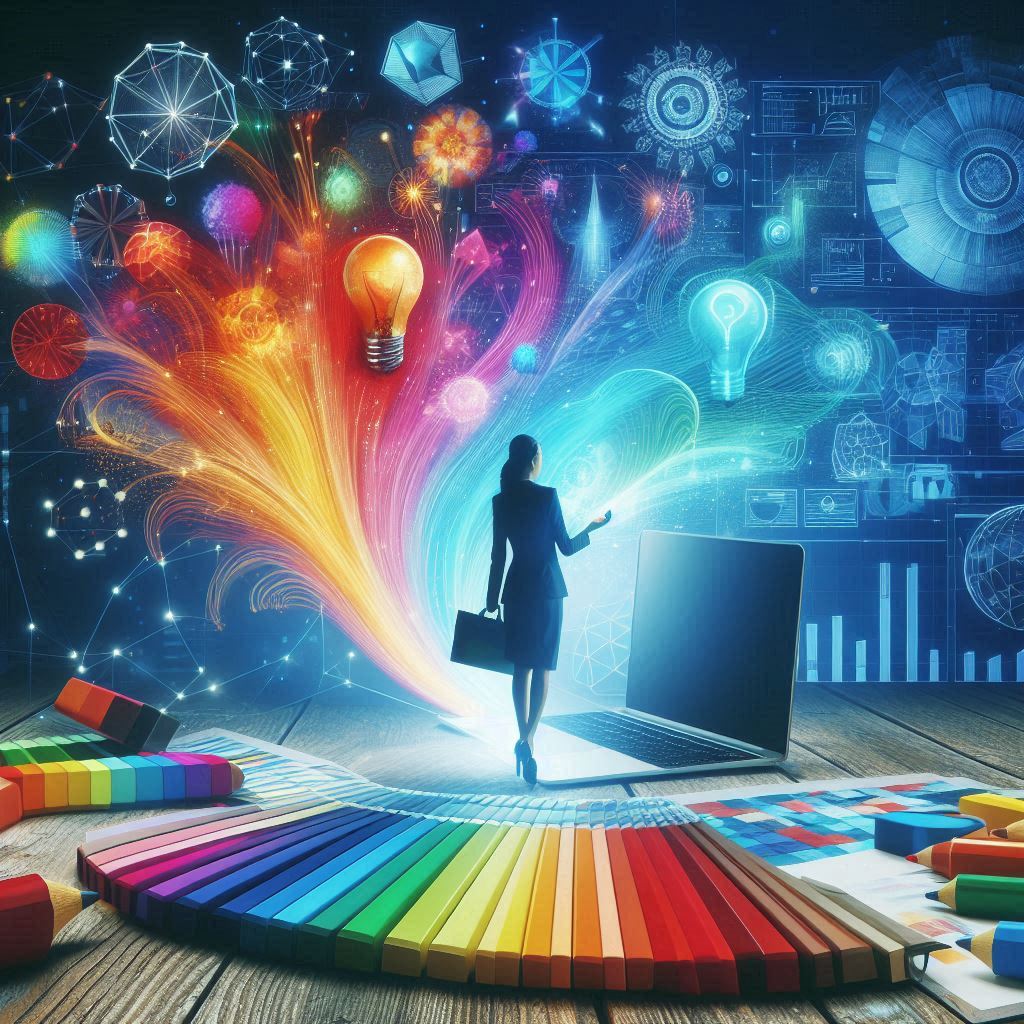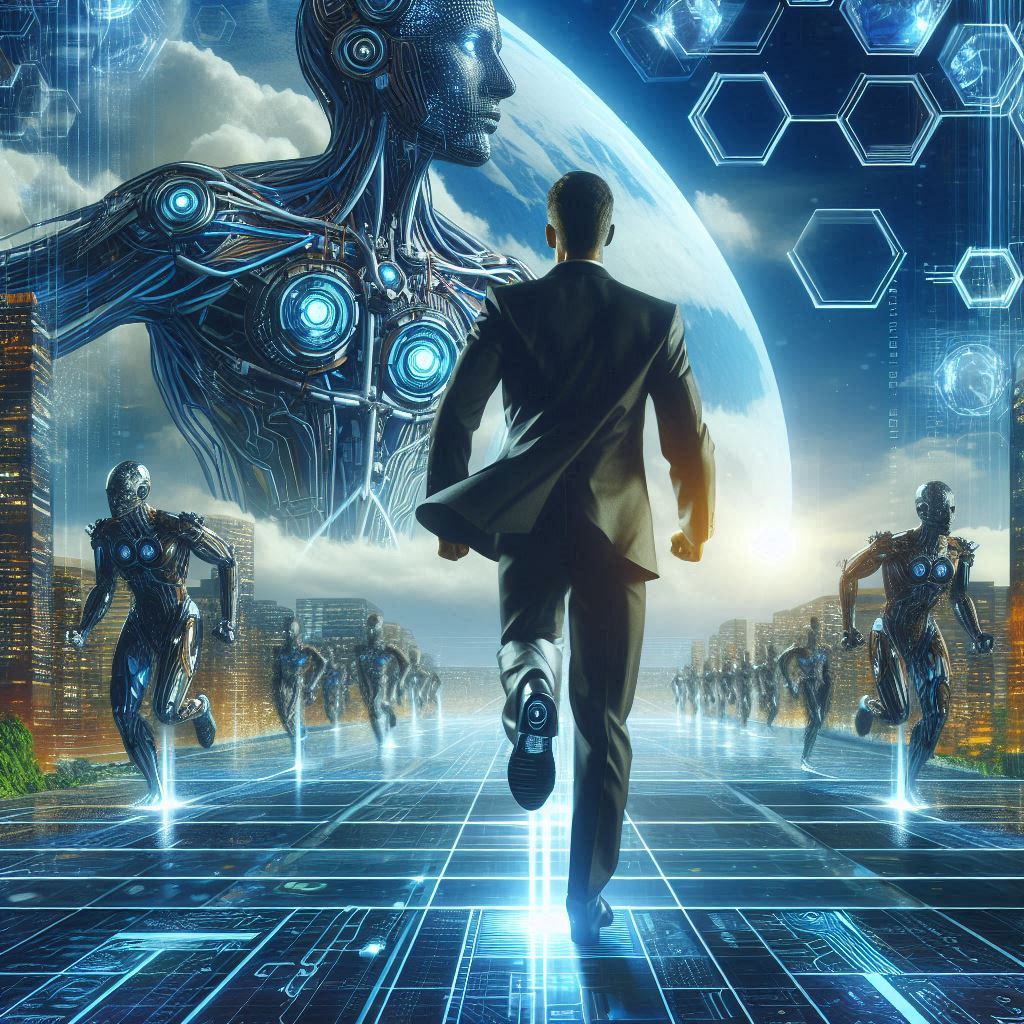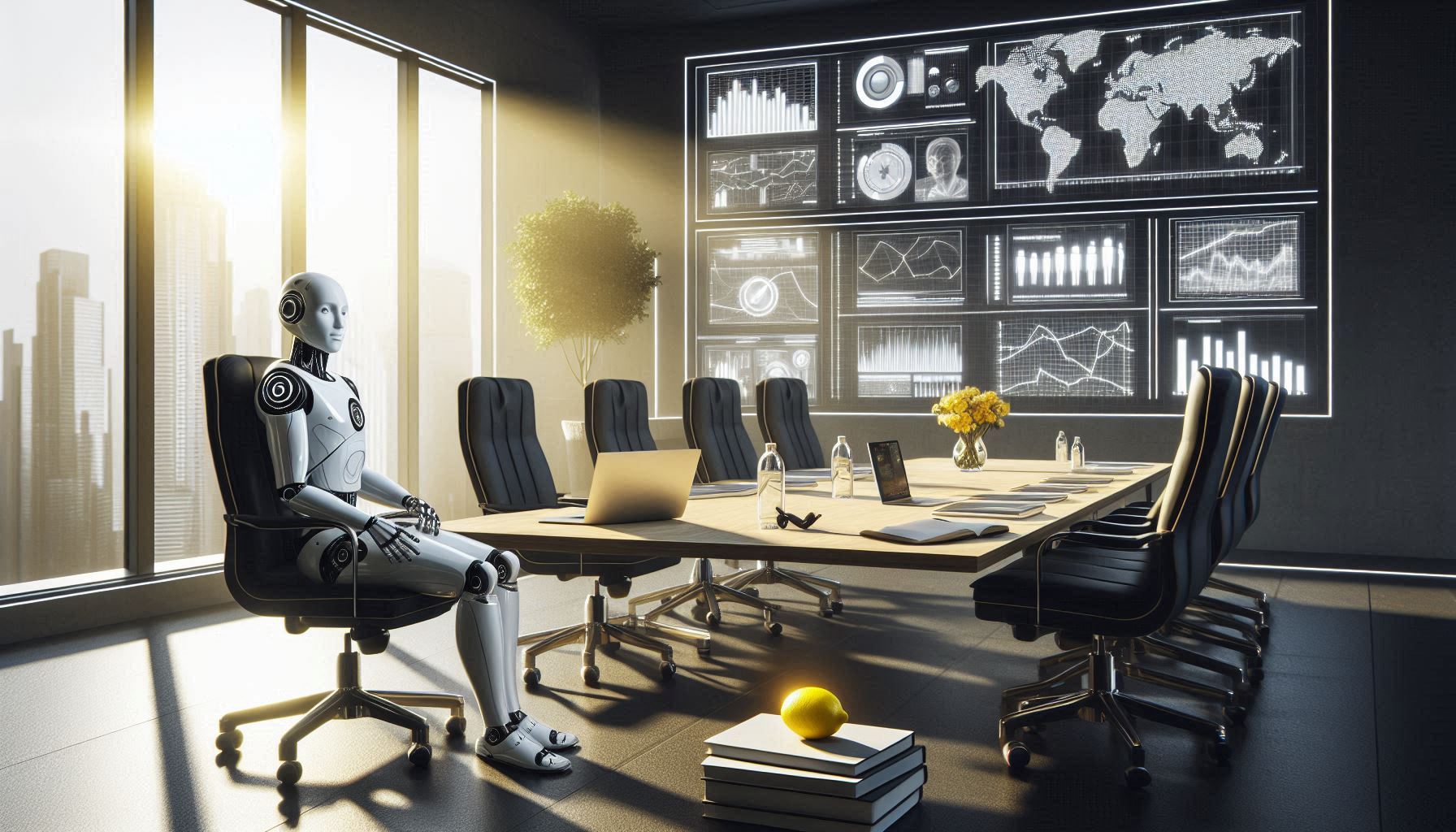Key Takeaways
– Understanding the science behind color psychology can significantly enhance your marketing strategy by influencing consumer behaviour and perception.
– AI is revolutionizing how marketers choose and implement colors, making campaigns more effective and personalized.
– Practical tips and case studies demonstrate how AI meets color psychology in Marketing and can lead to successful marketing outcomes.
The Science Behind Color Psychology
Have you ever wondered why certain brands stick in your mind more than others? Often, the answer lies in the colours they use. Colour psychology is the study of how colours affect human behaviour and emotions. Different hues can evoke different feelings and reactions, which is why understanding this science is crucial for any marketer.
For instance,
RED is often associated with urgency and excitement, making it a popular choice for clearance sales.
BLUE, on the other hand, evokes trust and calm, which is why many financial institutions use it in their branding.
YELLOW is linked to optimism and energy, making it ideal for brands that want to appear youthful and vibrant.
By understanding these associations, you can make more informed decisions about the colours you use in your marketing materials.
But it’s not just about picking a colour and sticking with it. The context in which a colour is used can also affect its impact. For example, a blue button on a predominantly blue website might not stand out, but an orange button would. This is where the concept of contrast comes into play. High contrast can make elements more noticeable, while low contrast can create a more harmonious and less jarring experience.
Colors and emotions
Here are some more fundamental color associations to consider when choosing a color for your marketing assets:
- Red: excitement, passion, anger, danger, action, anxiety, power.
- Orange: playfulness, friendliness, creativity, warmth, enthusiasm.
- Yellow: happiness, optimism, warning, joy, originality, enthusiasm.
- Green: Youth, vibrancy, vigor, nature, growth, stability.
- Blue: Calm, stability, depth, peacefulness, trust.
- Purple: Royalty, luxury, romance, introspection, calm.
Notice how there are some overlaps. You’re not limited to only one color—or one tone of that color—per emotion.
How AI is Revolutionizing Color Choices in Marketing
Artificial Intelligence (AI) is transforming the way we approach colour choices in marketing. Gone are the days of relying solely on intuition or basic colour theory. AI can analyse vast amounts of data to determine which colours are most effective for specific audiences and contexts.
Imagine having an AI tool that can analyse your target audience’s preferences, cultural background, and even current mood to suggest the most effective colour palette for your campaign. This is not science fiction; it’s happening now. AI algorithms can sift through social media posts, customer reviews, and other data sources to identify trends and preferences that would be impossible for a human to discern.
Moreover, AI can help you test different colour combinations in real-time. A/B testing, where two versions of a webpage or ad are compared to see which performs better, can be automated and optimised using AI. This allows for rapid iteration and fine-tuning, ensuring that your marketing materials are as effective as possible.
Case Studies: Successful AI and Color Psychology Campaigns
15% increase in conversion rates
One of the most compelling examples of AI and colour psychology in action comes from a major e-commerce retailer. They used AI to analyse customer data and found that their target audience responded most positively to shades of blue and green. By incorporating these colours into their website and marketing materials, they saw a 15% increase in conversion rates.
10% increase in click through rates
Another fascinating case is a tech startup that used AI to optimise their email marketing campaigns. They discovered that their audience was more likely to open emails with red subject lines, but preferred blue for the email body. By making these adjustments, they increased their open rates by 20% and click-through rates by 10%.
These examples highlight the power of combining AI with colour psychology. By leveraging data and advanced algorithms, these companies were able to make more informed decisions and achieve better results. It’s a clear demonstration of how modern technology can enhance traditional marketing principles.
Practical Tips for Integrating AI and Color Psychology into Your Marketing Strategy
So, how can you start integrating AI and colour psychology into your marketing strategy? Here are some practical tips to get you started:
1. Use AI Tools: There are numerous AI tools available that can help you analyse data and make informed colour choices. Tools like Adobe Sensei and IBM Watson can provide valuable insights into your audience’s preferences.
2. A/B Testing: Implement A/B testing to see which colour combinations work best for your audience. Use AI to automate and optimise this process for faster results.
3. Understand Your Audience: Use AI to analyse your audience’s behaviour and preferences. This can help you choose colours that resonate with them on a deeper level.
4. Stay Updated: The field of AI and colour psychology is constantly evolving. Stay updated with the latest research and tools to ensure you’re always at the cutting edge. For example with Superhuman.ai
5. Consult Experts: Sometimes, it’s best to consult with experts who specialise in AI and colour psychology. They can provide tailored advice and help you implement these strategies effectively. Reach out to us on We Know Things Marketing
The Future of Color Psychology in AI-Driven Marketing
As AI continues to evolve, its impact on colour psychology in marketing will only grow. We can expect more sophisticated algorithms that can analyse even more data points, providing even more accurate and personalised recommendations.
A website changing colours
One exciting development is the use of AI to create dynamic, real-time colour adjustments. Imagine a website that changes its colour scheme based on the time of day, the weather, or even the user’s mood. This level of personalisation could significantly enhance user experience and engagement.
Unique campaigns with AR
Another promising area is the integration of AI with augmented reality (AR) and virtual reality (VR). These technologies offer new ways to engage with customers and create immersive experiences. By combining AI-driven colour psychology with AR and VR, marketers can create truly unique and impactful campaigns.
In conclusion, the future of colour psychology in AI-driven marketing is incredibly bright. By staying informed and embracing these technologies, you can create more effective and engaging marketing strategies. If you’re interested in learning more about how to map out your customer journey effectively, check out our guide here.
Conclusion
In my experience, the integration of AI and colour psychology in marketing is not just a trend but a fundamental shift in how we approach marketing. The data and case studies speak for themselves: this combination can lead to significantly better results. As marketers, we must embrace these tools and techniques to stay competitive and deliver the best possible outcomes for our clients.
So, what’s next for you?
Start by exploring AI tools that can help you analyse your audience and optimise your colour choices. Implement A/B testing to see what works best for your specific context. And most importantly, stay curious and keep learning. The field of AI and colour psychology is constantly evolving, and staying updated will ensure you remain at the forefront of this exciting development.
Ready to take your marketing strategy to the next level? Contact us at weknowthingsmarketing.com to learn how we can help you integrate AI and colour psychology into your campaigns. And don’t forget to share this article if you found it helpful!



